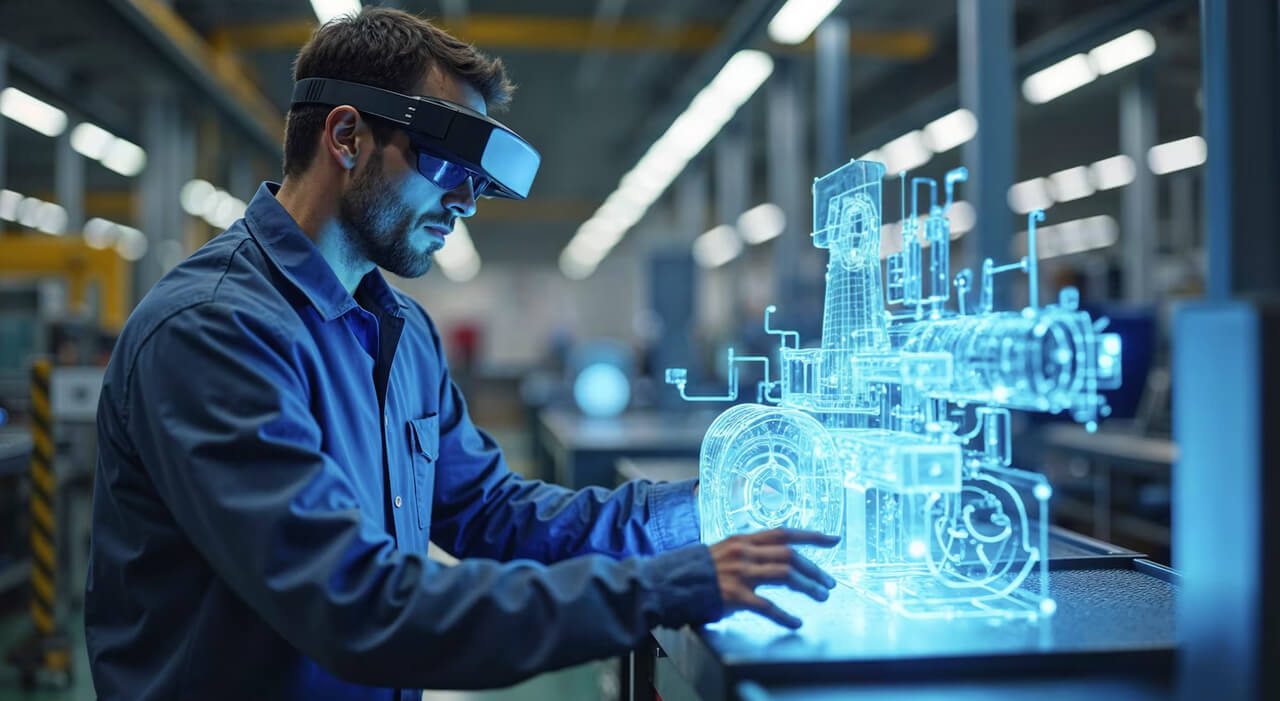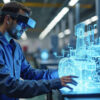- Delivery time 3-4 working days
₹0
Emerging Innovations Redefining the Machinery Industry in 2025
The machinery industry has continuously played a vital role in heavy industrial progress. As we move through 2025, it’s clear that the landscape is evolving quickly with advancements in technology, a growing focus on sustainability, and the need for better efficiency. To continue modest, businesses must keep up with the changing situation and understand the most influential shifts happening within the industry.
One of the most notable variations is the increasing use of intelligent machinery equipped with advanced sensors and connected systems. These machines can now monitor their own performance, identify possible issues early, and ensure continuous operations without unexpected downtime. What was once considered cutting-edge is quickly becoming the
standard across construction floors.
Automation is also making deeper inroads. From mechanical arms gathering products to automated systems checking for quality, the push toward minimizing human fault and speeding up acts continues. Notably, even small and mid-sized companies are integrating automation into their processes, demonstrating how accessible and essential it has become.
At the same time, environmental duty is becoming a key consideration. Rising power costs and tighter regulations are encouraging businesses to invest in machines that use less energy and produce fewer emissions. Solutions like energy recovery systems and machines intended with sustainability in mind are no extended optional—they’re expected.
Upkeep practices are evolving too. Instead of reacting to breakdowns, many companies now use equipment that alerts technicians in advance. This shift toward practical maintenance helps avoid costly repairs, limits stoppage, and extends equipment life. Businesses using such policies are already noticing better consistency in their output.
Technology customization is another growing demand. Companies want tackle that can be tailored to exact needs. Modular machines, which can be reconfigured or upgraded instead of swapped, are gaining popularity. This adaptability is helping businesses stay agile in a market where requirements often change.
Middle through 2025, several developments are having a major impact on the industry:
- The use of connected sensors for real-time diagnostics is becoming standard.
- Automation is pretty both speed and accuracy on the shop floor.
- Ecological and energy-saving machines are increasingly wanted after.
- Proactive maintenance is replacing old-style repair-based methods.
- Modular equipment is allowing for more multipurpose and moneymaking setups.
Human participation in manufacturing is evolving as well. Rather than replacing workers, machines are now designed to assist them. Collective robots, known as cobots, are execution tasks that require accuracy or carry risk, allowing people to focus on work that requires managerial and skill. This collaboration is improving efficiency while maintaining safety.
After years of global supply chain trials, more businesses are turning to local suppliers and production units. This approach is helping them reduce delivery stays and minimize disruptions.
Local finding not only builds resilience but also creates stronger, more responsive networks.
notable development is the use of virtual copies—often called digital twins—to test machines before they are physically built. These digital mockups allow engineers to explore designs, fix errors, and predict performance, all before committing to making. This practice is saving both time and resources.
Security, as always, remains a top concern. Updated machinery now comes with improved safeguards, easier controls, and automatic safety features. These enhancements are not just for compliance—they reflect a broader commitment to protecting workers and creating more reliable workspaces now.
Lastly, there’s a rising demand for equipment that is dense and easy to move. With job sites becoming more dynamic, smaller yet powerful machines are making it likely to work effectively in limited spaces or remote locations. Servicers and small businesses specially value this mobility and performance.
In summary, the equipment industry in 2025 is marked by innovation, responsibility, and adaptability. Builders and users alike must stay aware of these changes to remain viable. Those who embrace progress and adopt flexible, forward-thinking practices are best positioned to thrive in this evolving landscape.
To succeed in today’s speeding industrial world, it’s not just about having the right tools—it’s about using them in smarter, more maintainable ways.

Need Help?
+91 9910257614
10:30 AM to 8:00 PM
- -5% for all order in this week Shop now
- Delivery time 3-4 working days





